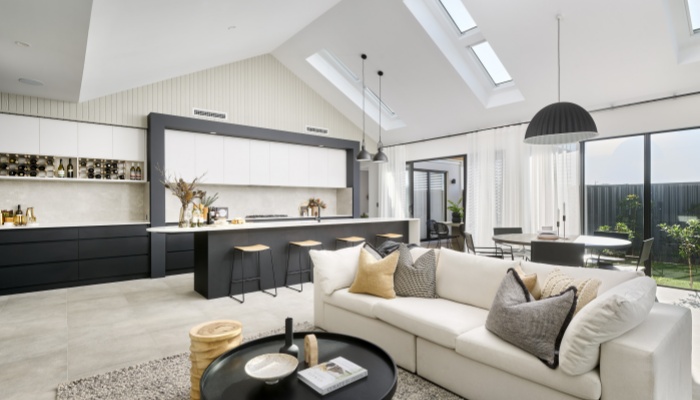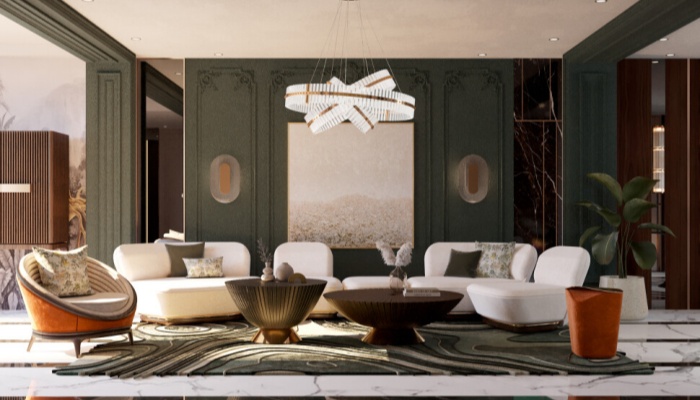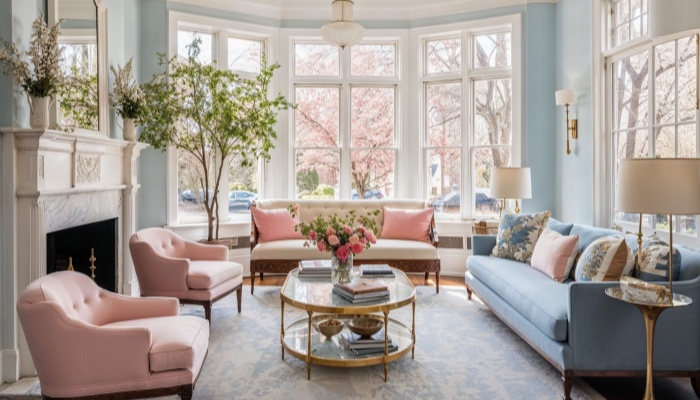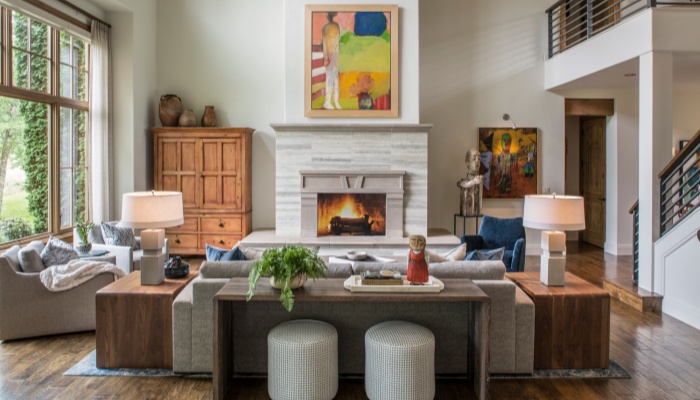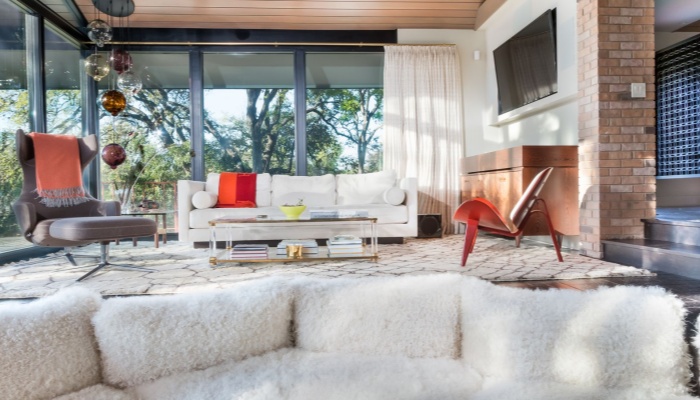Next, focus on furniture arrangement. The way you position your furniture can significantly impact the functionality of a space. Aim for a layout that promotes easy movement and accessibility. In living areas, for instance, arrange seating to facilitate conversation while leaving ample space for foot traffic. In dining areas, ensure that there is enough room for chairs to be pulled out comfortably. This thoughtful arrangement can enhance the usability of each area.
Storage solutions are another critical aspect of optimizing functional areas. Clutter can hinder the functionality of any space, so incorporating smart storage options is essential. Consider multi-functional furniture that offers hidden storage, such as ottomans or coffee tables with compartments. Additionally, built-in shelving can maximize vertical space while keeping items organized and easily accessible.
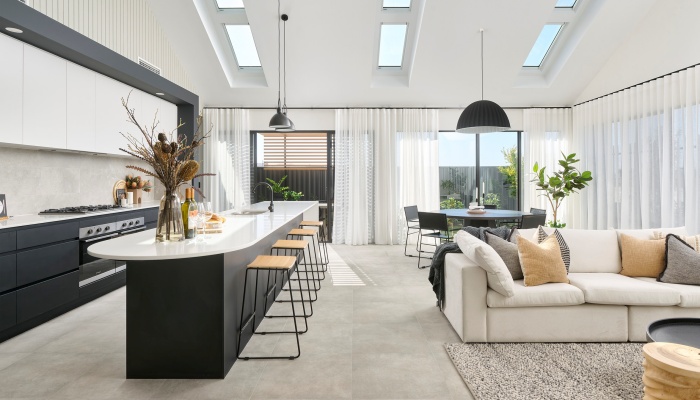
By minimizing clutter, you can create a more efficient and enjoyable environment.
Lighting is also a key factor in optimizing functional areas. Proper lighting can enhance the usability of a space while contributing to its overall ambiance. In kitchens, bright task lighting is essential for meal prep, while softer ambient lighting can create a cozy atmosphere in living areas. Consider layering your lighting with a mix of overhead fixtures, floor lamps, and accent lighting to achieve the desired effect. This balanced approach can significantly improve the functionality of each area.
Another important consideration is the use of color and materials. Choosing the right colors can influence the mood and functionality of a space. Lighter colors can make small areas feel more spacious, while darker hues can create a cozy atmosphere in larger rooms. Additionally, selecting durable materials that can withstand wear and tear is crucial for high-traffic areas.
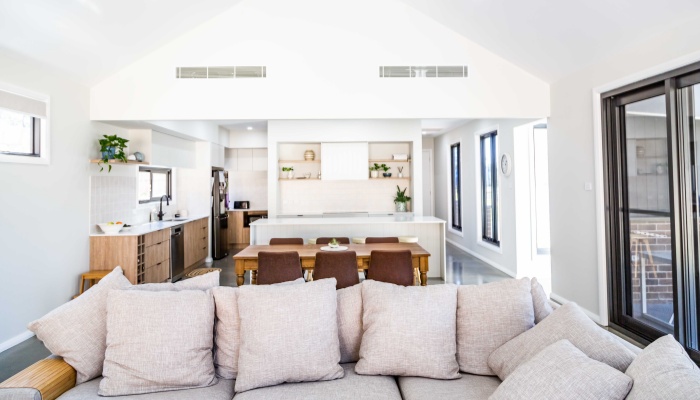
For example, using washable fabrics for upholstery can make maintenance easier while ensuring longevity.
Lastly, do not forget to personalize your functional areas. Incorporating elements that reflect your personality can enhance the enjoyment of your space. Whether it’s adding artwork, decorative accents, or family photos, these personal touches can make each area feel more inviting. Balancing functionality with personal expression creates a harmonious environment that is both practical and aesthetically pleasing.
Optimizing functional areas in your home involves assessing your layout, focusing on furniture arrangement, incorporating smart storage solutions, enhancing lighting, selecting appropriate colors and materials, and personalizing your space. By implementing these strategies, you can create a home that is both functional and reflective of your unique style.

